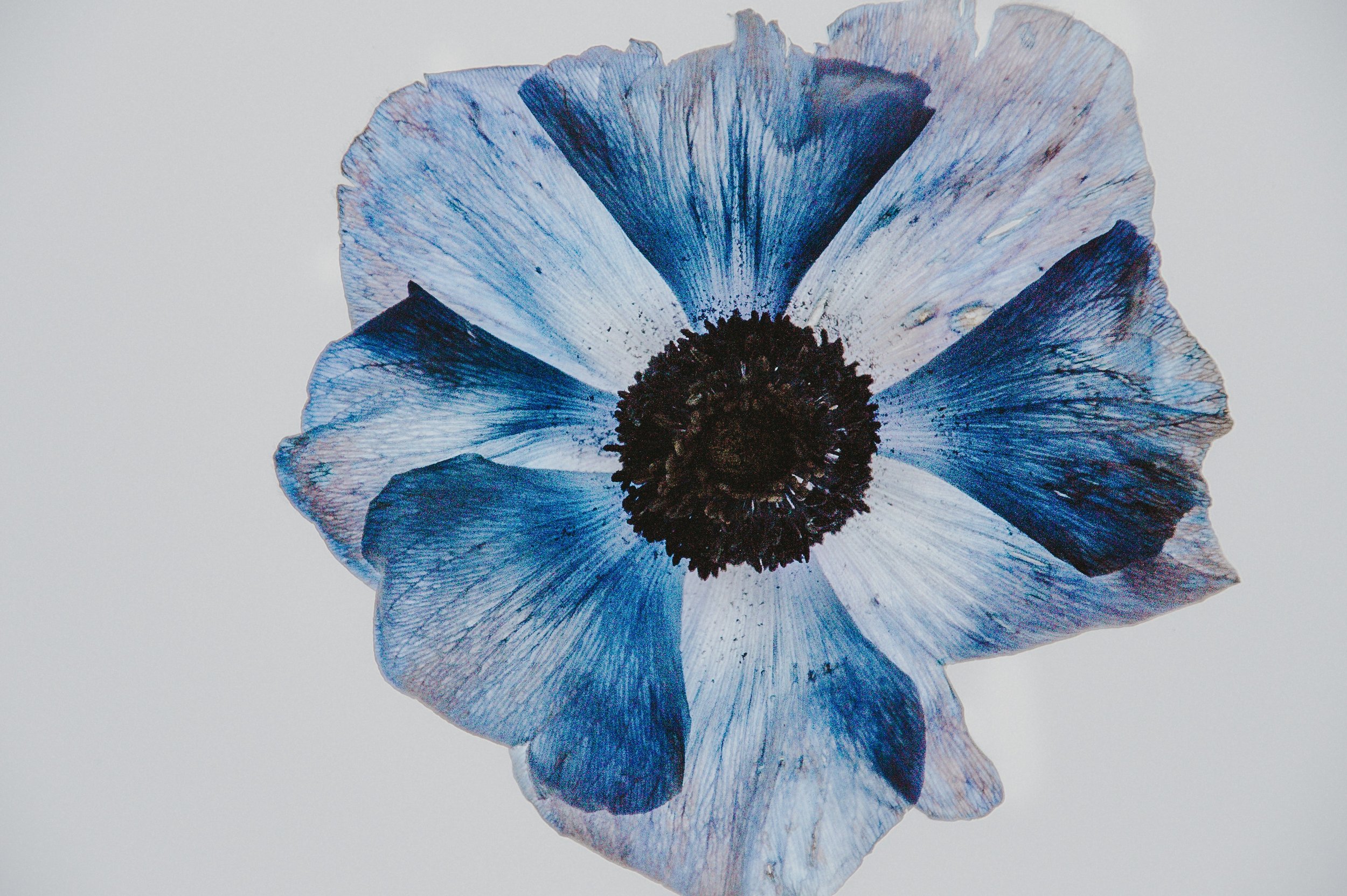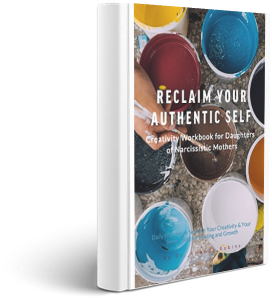Art can help people understand their inner world.
I know from my own experience that art can heal. It might not get us to the point we may have reached in therapy, but it can provide us with an outlet, a way to self-soothe and give us meaning and connection, where we might otherwise have none.
The ideas, metaphors and images that appear in an artwork can tell us about what (and how) we are feeling. Connecting with art can take us outside of ourselves, but it can also take us inward. For people who are isolated and in pain it can create connections and a language for talking about their experiences.
Research tells us that the right brain stores information that is inaccessible to our left brain which is dominated by language. The symbolic language of art can give us a different way to understand ourselves.
Working in an inpatient setting with a consumer diagnosed with BPD , mental health nurse and art therapist Scott Lamont and his colleagues describe how art therapy helps the patient process traumatic memories.
A series of sessions exploring imagery through drawing and painting allows the consumer to access her past in a safe way as well as allowing her to communicate her experiences to clinicians, helping her to gain a feeling of connectedness through the admission.
“It is not uncommon for consumers to put into pictures traumatic experiences that cannot be verbalized, suggesting that images are more directly reflective of their ‘being’ than words, and are in fact a clearer indication of those real experiences.“Art therapy can provide the space to express inconvenient or unspeakable feelings.”
Wood (2007) ‘It’s like coming here makes it possible to open things and talk about them, but then it finishes and the door shuts’ (p. 41). “The most disturbed consumers are often the least verbal or understandable.”
"The creative process encourages ability to self-express, promote self-awareness, improve insight, and enhance general psychological well-being. Through art we can gain greater clarity in understanding our behaviours, expressing emotions, and articulating thought processes, . increase our self-awareness and our self- acceptance. (Crawford & Patterson 2007; Wood 2007).
REFERENCES
Lamont, Scott; Brunero, Scott; Sutton, Dianne (2009) Art psychotherapy in a consumer diagnosed with borderline personality disorder: A case study International Journal of Mental Health Nursing (2009) 18, 164–172,
Talwar, S (2007) Accessing traumatic memory through art making: An art therapy trauma protocol (ATTP). The Arts in Psychotherapy, 34, 22–35.
More about art therapy and my own art practice:
SIGN UP TO GET MY FREE ART THERAPY WORKBOOKS
Schedule your free no-obligation 20 minute phone consultation here.
For more about BPD, download my free GUIDE.


















We’re all feeling a bit lost and alone in this current crisis. I’ve put together some art therapy prompts for nurturing your creativity and your neglected inner child. I hope they can help you get through this worrying time.